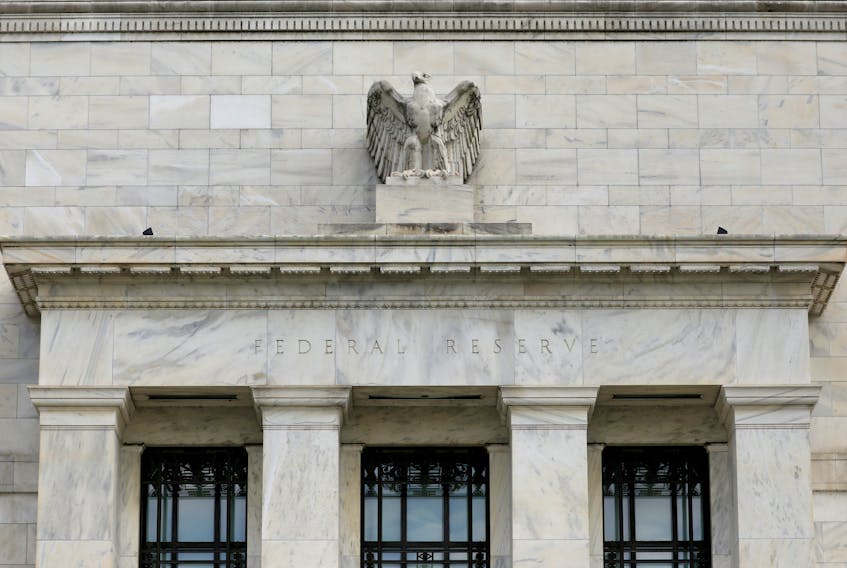By Howard Schneider
WASHINGTON (Reuters) - Investors pushed up U.S. bond yields again on Thursday in apparent pique over Federal Reserve Chair Jerome Powell's reluctance to promise even more support for the pandemic-hobbled economy than the central bank is already providing.
A potential "tantrum" in the making - 10-year Treasury note yields have risen rapidly this year - the move by markets to reprice their expectations for the Fed, or even try to bully the central bank to change course, have a history.
Most famously, a jump in global bond yields in 2013, after ill-timed comments by then-Fed chief Ben Bernanke, remains a case study for his successors in what not to do: care in choosing language and promises of ample lead time before any policy changes are now the standard.
But have tantrums really mattered?
Ten-year Treasury yields even after the recent surge are only around 1.55%. Before the pandemic that would have been in the neighborhood of their historic low-water mark.
In hindsight, the Bernanke tantrum, over time and in context, barely registers. While it did delay the Fed's plans to taper its bond purchases by three months until calmer conditions took hold, it did not derail them.
Graphic: A market spike, but rates remain low A market spike, but rates remain low - https://graphics.reuters.com/USA-FED/RATES/rlgvdezwgpo/chart.png
Powell has had his own brush with the problem, touching off a minor furor in 2018 when he referred to what were then monthly declines in the Fed's asset holdings as being on "autopilot," a mark of inflexibility investors did not like.
Though his comments on Thursday in a Wall Street Journal forum continued the Fed's tilt towards a long spell of accommodation, one analyst suggested they simply were "not dovish enough."
Still, even after the recent jump in bond yields, broader borrowing conditions remain easy.
Indeed, adjusted for inflation, the 10-year "real" rate is roughly zero. More to the point for the Fed, broader financial conditions that take into account such factors as risk premiums on corporate bonds remain very loose, exactly the impact policymakers are trying to achieve.
Graphic: Borrowing conditions remain easy - https://graphics.reuters.com/USA-FED/RATES/yxmpjxdoapr/chart.png
Tantrums, in fact, have had little seeming impact on the larger financial environment that the Fed monitors to see if monetary policy is doing what it wants in terms of encouraging, and sometimes discouraging, household and firm spending decisions.
What's of more serious concern is not when Treasury bond yields rise unexpectedly, but when they fall fast - a dependable signal that cash is running for cover. The classic flight-to-safety investment remains U.S. Treasuries.
Graphic: Tantrum or sign of hope? - https://graphics.reuters.com/USA-FED/POWELL/xklpyowwgpg/chart.png
Altogether, the recent jumpiness in bond markets might have caught the Fed's attention, as Powell said on Thursday.
But, as he went to pains to emphasize, the central bank's current plan calls for no changes to interest rates or its bond buying program for likely a long time to come. As with other sorts of tantrums, the Fed probably will wait this one out.
Graphic: The Fed skews low - https://graphics.reuters.com/USA-FED/SEPS/rlgvdeymjpo/chart.png
(Reporting by Howard Schneider; Editing by Dan Burns and Paul Simao)









